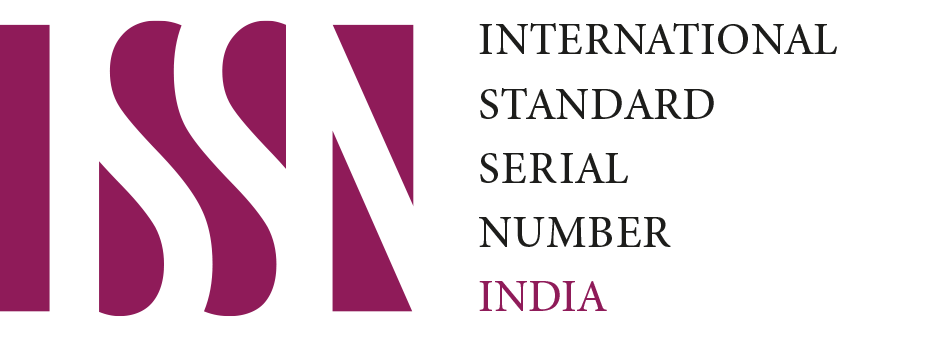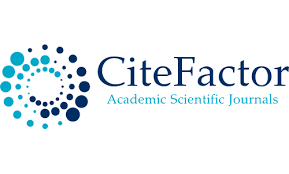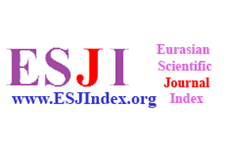THEORETICAL FOUNDATIONS OF STATISTICAL RESEARCH OF INTERACTIONS BETWEEN FOREIGN TRADE AND ECONOMIC GROWTH
Hayitova Nigora Ilkhomovna
Senior Lecturer, Department of Statistics and econometrics, Tashkent Financial Institute
Keywords: Foreign trade, economic growth, statistical research, comparative advantage, absolute advantage, endogenous growth theory, new trade theory, interdependence, empirical evidence, economic dynamics.
Abstract
This article delves into the intricate relationship between foreign trade and economic growth, employing a robust statistical research framework to unravel the underlying dynamics. Grounded in foundational economic theories such as comparative advantage and absolute advantage, the study explores how nations strategically leverage international trade to bolster their economic prosperity. Modern economic paradigms, including endogenous growth theory and new trade theory, further enrich the theoretical foundations, offering contemporary perspectives on the role of foreign trade in fostering sustainable development.
References
Acemoglu, D., & Guerrieri, V. (2008). Capital Deepening and Non-Balanced Economic Growth. Journal of Political Economy, 116(3), 467–498. [DOI: 10.1086/589584] (https://doi.org/10.1086/589584)
Blomström, M., & Kokko, A. (1998). Multinational Corporations and Spillovers. Journal of Economic Surveys, 12(3), 247–277. [DOI: 10.1111/1467-6419.00062] (https://doi.org/10.1111/1467-6419.00062)
Feenstra, R. C., & Taylor, A. M. (2014). International Economics (2nd ed.). Worth Publishers.
Grossman, G. M., & Helpman, E. (1991). Innovation and Growth in the Global Economy. MIT Press.
Helpman, E. (1984). A Simple Theory of International Trade with Multinational Corporations. Journal of Political Economy, 92(3), 451–471. [DOI: 10.1086/261245] (https://doi.org/10.1086/261245)
Jumaeva, Zulfiya. "Modern trends in the economic development of the regions of Uzbekistan." Inter Conf (2021).
Jumaeva, Z. Q. "REGIONAL FEATURES OF INVESTMENT POLICY OF UZBEKISTAN." Central Asian Problems of Modern Science and Education 2020.1 (2020): 48-55.
Krugman, P., Obstfeld, M., & Melitz, M. J. (2012). International Economics: Theory and Policy (9th ed.). Pearson.
Ochilov, Sherali Baratovich, and Zulfiya Kayumovna Zhumaeva. "The main directions of innovation development in the Republic of Uzbekistan." Innovative development 6 (2017): 45-47.
Ruzmetov, B., Z. K. Jumaeva, and M. Khudayarov. "International experience in attracting foreign direct investment." International Journal on Economics, Finance and Sustainable Development 3.4 (2021): 38-43.
Romer, P. M. (1986). Increasing Returns and Long-Run Growth. Journal of Political Economy, 94(5), 1002–1037. [DOI: 10.1086/261420] (https://doi.org/10.1086/261420)
Rodrik, D. (2000). Institutions for High-Quality Growth: What They Are and How to Acquire Them. Studies in Comparative International Development, 35(3), 3–31. [DOI: 10.1007/BF02687576] (https://doi.org/10.1007/BF02687576)
Sachs, J. D., & Warner, A. M. (1997). Sources of Slow Growth in African Economies. Journal of African Economies, 6(3), 335–376. [DOI: 10.1093/oxfordjournals.jae.a020960] (https://doi.org/10.1093/oxfordjournals.jae.a020960)
World Bank. (2022). World Development Indicators 2022. World Bank Publications. [DOI: 10.1596/978-1-4648-2066-7] (https://doi.org/10.1596/978-1-4648-2066-7)
Yumayeva, Zulfiya. "Modern trends in the economic development of the regions of Uzbekistan." InterConf (2021).

















